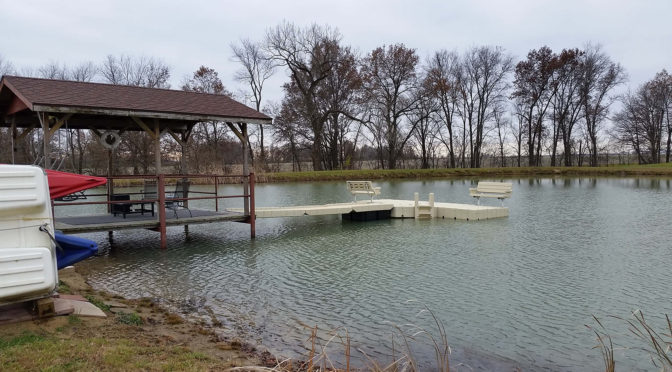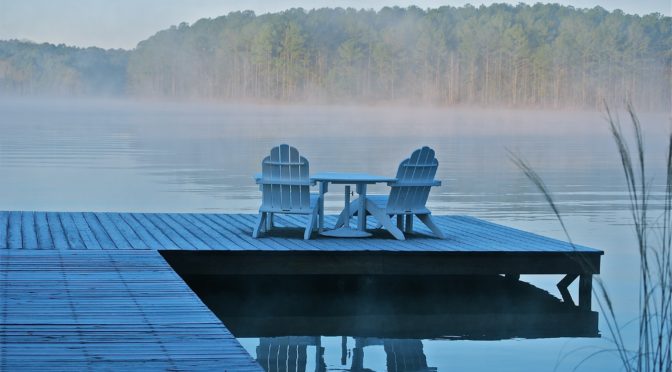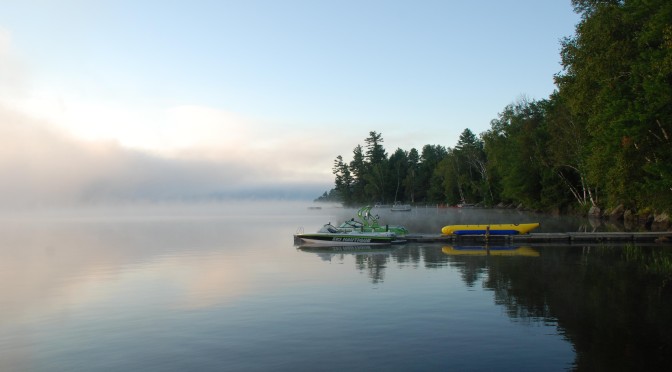For a lot of boating enthusiasts and waterfront property owners, the wintertime can’t be over soon enough! But you don’t have to be at a total standstill while you wait for the warm weather. There’s plenty of work to be done for your new dock in the off-season.
Waterfront Projects in Winter
One of the great things about winter is that you have actually have time to think through any projects you want to take on in the new year. Assuming your fall dock maintenance or dock winterization went well, now is the time to start considering other upgrades. What exactly will you want to add to your waterfront when spring rolls around?
A smart way to get ideas for your new dock design is to check out the upcoming boat shows in your area. These events provide a fun outlet to explore your interests in more detail. You can plan to attend a local show, or even make arrangements to visit an out-of-state event. Either way, it’s nice to be able to see what updates the industry has to offer before you get back on the water.
For example, you might want to add a kayak launch to your dock. Or you may want to install a floating platform for your family to enjoy in the summer. Being able to meet with a waterfront services company in person can be a great help. It allows you to compare dock materials ahead of time so you can find the right equipment for your budget and needs.
Professional Dock Design
New dock builds, repairs, and additions often benefit from having an experienced team. Deciding what type of dock is best for your property can be complicated enough, but you also need to consider the different styles of decking.
The dock design process can seem overwhelming if you go at it alone. With so many factors to consider, it’s often necessary to have a professional waterfront services team to guide you through each step. Your location and water depth will impact some of the most important design choices. Yet, you’ll also need to consider your dock’s end-goal. Buying a larger boat or wanting to add a boat house or a boat lift can change the entire layout. You might need to utilize your waterfront differently down the road.
In those cases, a modular dock design can be a real asset. These systems are great for new floating docks. Talking with a professional dock company can help you identify the pieces you need now, without limiting your options for future upgrades. That’s one of the reasons why we like working with EZ Dock systems so much!
Year-Round Service with Deaton’s
Deaton’s Waterfront Services is proud to provide design consultations year-round to help with your next projects. Our experience with wood, composite, aluminum, and thru-flow materials can help you create the perfect dock—whether that’s a custom floating dock or a stationary setup. We do it all, from private residential docks, to commercial dock systems of all sizes.
If you have any questions about designing your new dock, or making plans to install additions to your dock in the spring, please don’t hesitate to reach out. At Deaton’s Waterfront Services, we’re always eager to hear from you, and winter is a great time to start planning your projects. Contact us early to make sure you’ll be ready for the next season!




